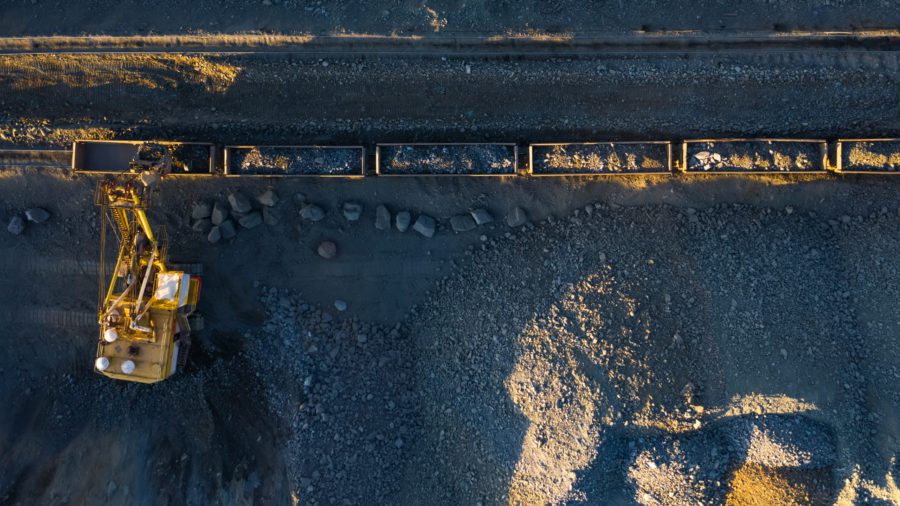Bear market=buy opportunity: Roulston at Cambridge House
Stock markets may be suffering through a bear market, but that is no reason to stop investing in junior mining companies, according to newsletter writer Lawrence Roulston, speaking at this year’s Cambridge House investor conference held Sunday and Monday in Vancouver.
Roulston, publisher of the popular newsletter Resource Opportunities, said despite the economic uncertainty roiling markets at the moment, demand for commodities is likely to continue long-term, and investors should see the current mark-down in junior mining stocks as a golden buying opportunity.
Roulston cautioned investors from buying bullion or gold ETFs, saying they should be investing in gold companies instead. He argued that because so much gold is held by investors, “it can come back onto the market any moment,” resulting in extreme short-term volatility. Long-term, however, the gold price has gone up, he said, noting that very little supply has come onto the market in the last 10 years because gold grades are a fraction of what they once were. “They now have to move massive amounts of rock to get the gold.”
Silver follows the same volatility trend as gold, losing 35% of its value in just four trading days in April. But the silver sell-off was quickly followed by a recovery, he noted, so that even now, “silver is up 100% from a year ago.”
Roulston said the wise investor finds the “sweet spot” in the junior mining lifecycle, which is after a discovery has been made and after speculators have exited the market. “The company has an asset, and they can add value to it. There’s a huge opportunity for growth at this point, between discovery and production.”
Turning to base metals, Roulston said recent news headlines fretting over declines in the copper price are missing the point. He noted even during the 2009-09 recession, copper soared to an all-time high due to demand from emerging markets like China and India. Roulston does not subscribe to the “China bubble” theory, considering the perceived slowdown there means economic growth will be 8% instead of 10%, meaning demand for metals is going to continue growing. He said investors should be asking a different question: Is there enough demand for miners to keep producing metals? In Rouston’s view, the answer is clearly yes.
{{ commodity.name }}
{{ post.title }}
{{ post.date }}


Comments